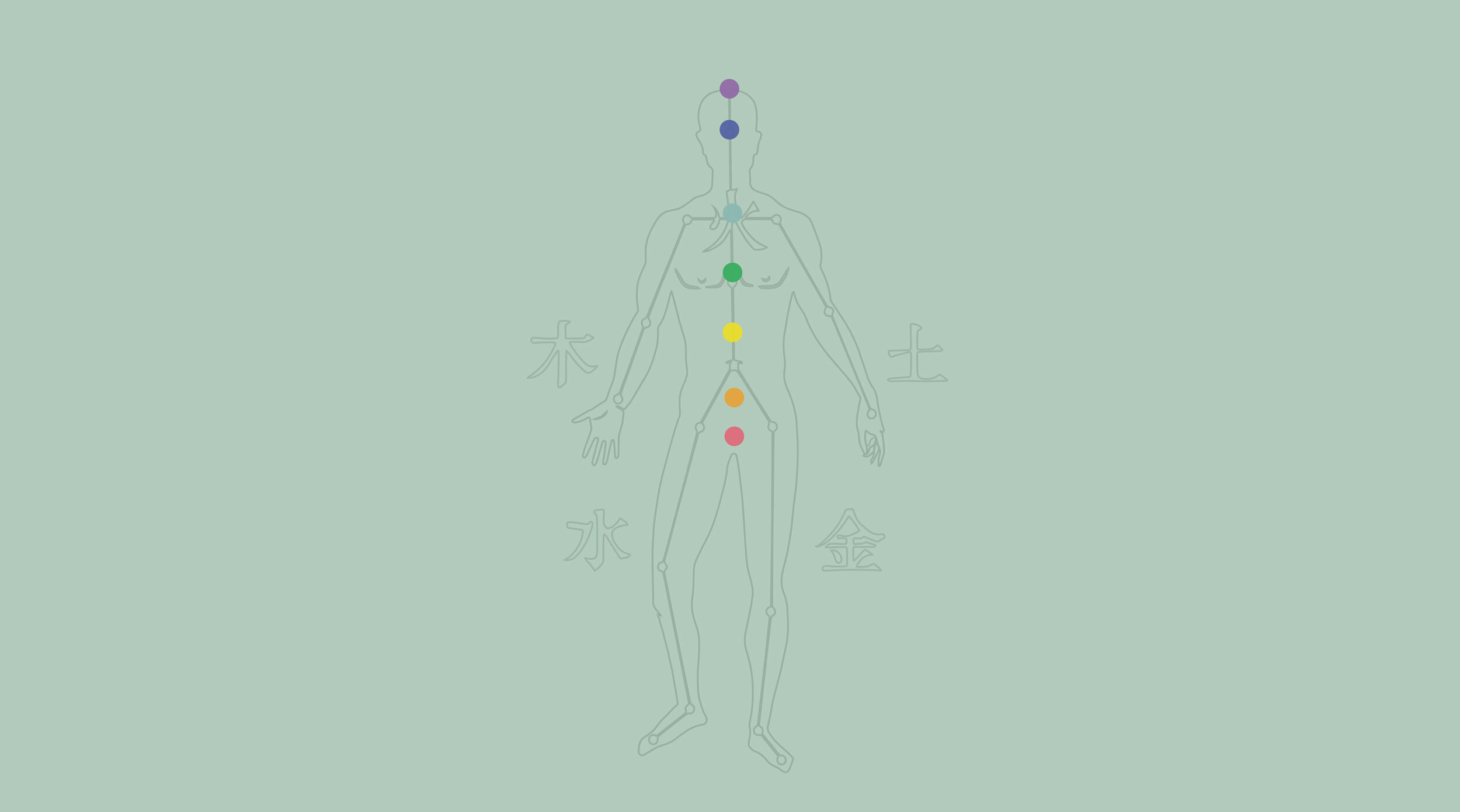
Vitality Fusion book is a Comparative and Interactive survey of Western, Traditional, Chinese and Ayurvedic Medicine
Why Read Vitality Fusion?
Combines Western, Chinese and Ayurvedic medicine approaches to increase health and longevity; mix and match philosophical insights as well as nutrition and fitness tips to fit your personal wellness needs.
Create harmony in your mind, body, and soul by customizing your healthcare preferences.
Reduce back pain by trying ExAIRcise™, a cross-cultural fitness program.
Easy-to-read information and simple interactive activities provide guidance on how to live a long, healthy and happy life.
Yellow Emperor Illustration, Wikimedia Commons
Chapter 1
Chapter One begins with a historical perspective of the three medical disciplines. This chapter further explores the unique schools of thought that each has developed, with an emphasis on the written works that form the “textbooks” with which their physicians have traditionally been trained. This chapter also shows the differences and similarities of the three disciplines as they have evolved over the years into the types of medical practices we see today, including comparative timelines highlighting key historical events.
Dhanvantari, God of Medicine.
Chapter 2
Chapter Two looks at the anatomical, philosophical, diagnostic and treatment principles upon which Western, Chinese and Ayurvedic medicine have been based. The viewpoints of each are defined, explained and compared. In deference to the very personal nature of each of our own journey’s toward health, a medical questionnaire is provided at the end of the chapter. The reader is encouraged to begin to compile a personal health profile that will be further defined in discussions in subsequent chapters.
“Herbs (medicines), while descending from heaven to earth proclaimed those who eat us, are never destroyed.”
Chapter 3
Chapter Three discusses the development of herbs and pharmaceuticals as they apply to the treatment and care of ailments. Given the breadth of the work available from each of the three disciplines in this area, only a relatively cursory description of similarities and differences is provided. A personal drug and herb diary is provided at the end of this chapter.
Food Pyramid
Chapter 4
Chapter Four outlines the different approaches of the three medical disciplines to the basics of good nutrition and the need for energizing the body with the selection of the proper foods. The process of digestion and metabolism are explained as they relate to the types of foods we eat. The role protein, carbohydrates, fats, fibers, vitamins, minerals and water place are explored. This chapter explains how Chinese medicine utilizes tastes, temperatures, elements of nature, organ analysis and seasonal climate changes to determine nutrition needs. The influence of the doshas or Ayurvedic body types, nature’s four seasons, food tastes and textures depicts how Ayurvedic medicine makes nutrition decisions. This chapter also includes a food plate used in the West to illustrate healthy eating choices. Again, the reader is asked to complete a food diary to record daily eating habits.
Chapter 5
Chapter Five provides an illustrated survey of Western, Chinese and Ayurvedic body typing and ideologies. This chapter also introduces a special exercise program called ExAIRcise, that utilizes the highlights from each of these disciplines to strengthen the lower back. A fitness diary and measurement chart are included for charting progress for these and other exercises drawn from each discipline, and a muscular body chart is provided for quick reference.
“What your mind dwells, the body acts upon.”
Chapter 6
Chapter Six introduces the concept that our mind and body have a direct link to the level of health we experience. Some of the disciplines that support the mind and body connection are rolfing, hellerwork, dominant and non-dominant handwriting and psychoneuroimmunology. A mindbody chart is included for quick reference and a journaling exercise to experience the direct communication between the mind and the body is provided.
“Happiness is when what you think, what you say, and what you do are in harmony.”
Chapter 7
Chapter Seven discusses the mind, body and spirit connection. Homeopathy, naturopathy, massage, aromatherapy, color and music therapy are just a few of the health modalities examined in this chapter. It also reviews how taste, touch, smell, sight and sound therapies can influence our bodies toward greater health.
“I have always been fascinated by Eastern “medicine”, but I could never quite understand it....it is so foreign from what we consider “medicine” (the Western culture’s view). Then came this book!”
Illustration from Vesalius’ De Humani Corporis Fabrica, P174. Wikimedia Commons
“I have been a health practitioner and teacher of health practitioners for over 35 years. I have taught thousands of doctors, and I came to a point where I could quickly profile which of my students would be successful, and who would not. Dr. Susan Shane is one of those students who still remains in my memory. She remains in my memory because of her intelligence, grace, compassion and clarity...all qualities needed to succeed in the healing profession.”
Longevity Plate











